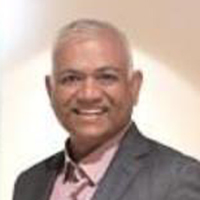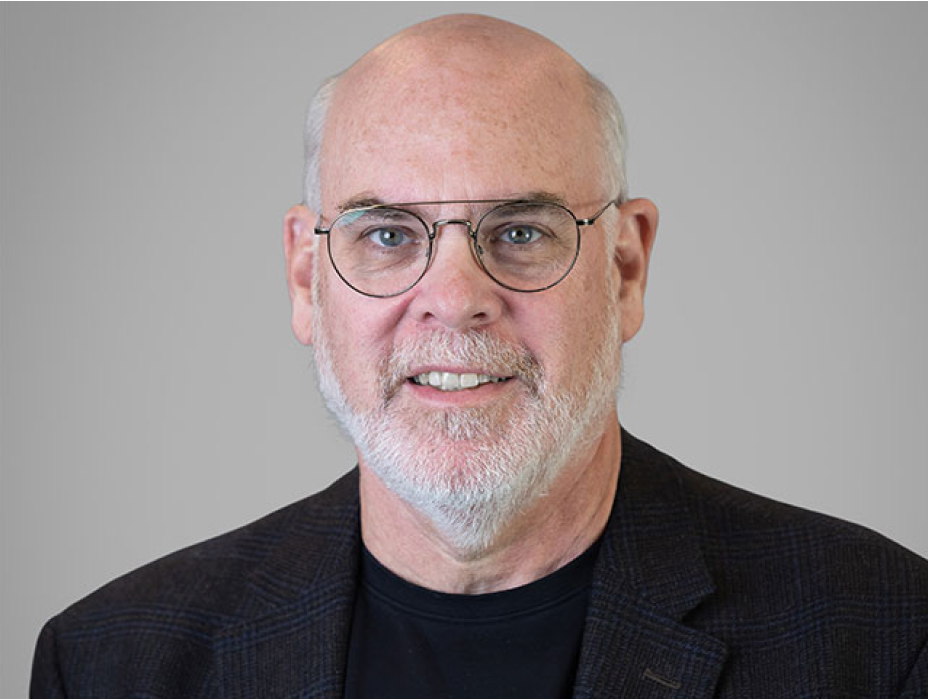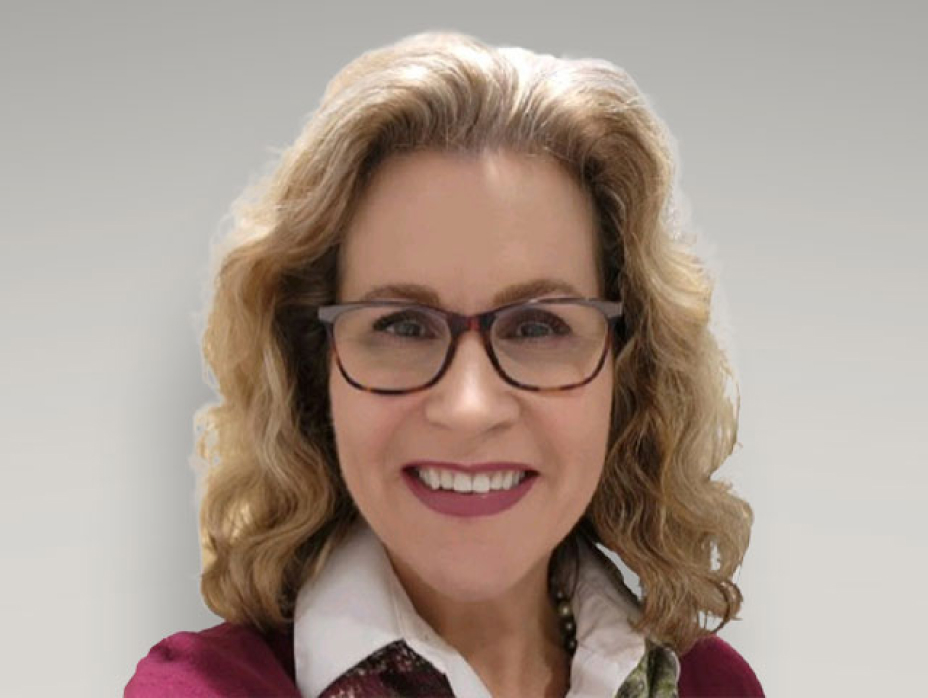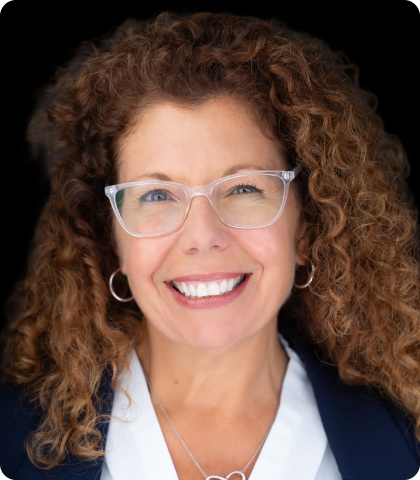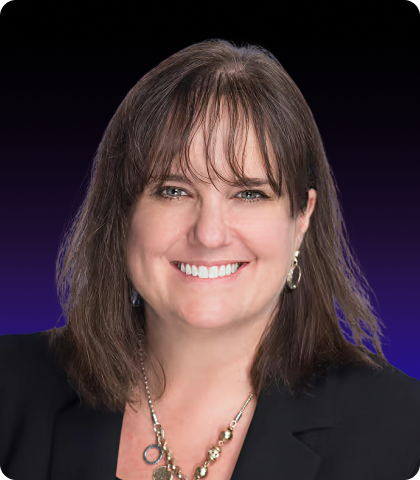Because standard markets retreat from complex risks, E&S insurers deliver flexibility, speed and specialized solutions for an increasingly unpredictable world. Here’s how this segment is staying ahead of the threats.
As someone who has dedicated over two decades to the excess and surplus (E&S) lines market, I’ve seen firsthand its remarkable growth and evolution. Today, with $115 billion in premium volume representing 12% of all U.S. P&C insurance and 25% of the commercial marketplace, E&S stands as an essential component of our insurance ecosystem rather than a mere sideline or last resort.
Actually, E&S is much more than a single component or tool within the insurance industry. I see it as a network of bridges that connect the E&S world to the broader marketplace. The needs E&S addresses can be thought of as distant locations outside of major cities and towns. Each bridge winds through the risk landscape and brings solutions that meet those challenges. Each bridge is a critical alternative that can connect many businesses and individuals to the coverage they need but could not obtain from standard line carriers.
E&S insurers focus on unique, complex and hard-to-place risks, and these are the risks that the admitted market can’t or often will not serve. So the expertise and the appetite that E&S carriers have and the E&S carriers.
E&S flexibility, expertise, speed
Consider those E&S bridges. They provide a unique, adaptable, complementary element to standard lines — and one that is crucial toward meeting the needs of many high-risk and/or cutting-edge businesses. Where standard lines are admitted markets, regulated by states for both forms and rates E&S lines of business have freedom of form and rate, meaning we get to define the product, we get to define our rates as well as the forms we take to the market. This flexibility is what makes E&S suitable to the high-risk property and casualty marketplace.
Now add expertise to that flexibility. We E&S insurers and wholesalers are the specialists in the industry. We’re dealing with risks that are different in ways that challenge standard markets, often to the point of rejecting coverage. E&S solutions are, by necessity, unique and complex. So the companies that turn to us are looking for exactly this combination of flexibility and expertise that only E&S can offer.
Maybe we’re talking about a company that’s testing drones or developing biotech, so they’re on the cutting edge. That makes them involved in high risk, high hazard situations. Think about all the homes in the wildfire zone in California; the standard markets don’t play with that anymore.
Turning “no” into “yes”
And then there’s emerging industries. A few years ago, cannabis or rideshare were the startups that standard markets would essentially decline to write business for.
Where standard carriers say “no,” we E&S carriers find an opportunity to step in and meet the needs of the marketplace.
One of our superpowers? Speed. As an E&S player, we can make a change in one day. We can say, “Hey, I see a trend, a need, I see an opportunity open up.” That’s where an E&S operator comes in with associated rates to meet the needs of the marketplace immediately.
Spotting the headwinds
Before we dive into the opportunities within E&S, it’s crucial to understand the challenges driving its growth. The traditional or admitted market is facing numerous headwinds.
Claim costs are one of the biggest challenges. And there has been an upward trend across the board.
These costs are driven by greater frequency and severity of natural catastrophes. We’ve had a much greater frequency of hurricanes, storms, wildfires, and floods. There’s also a much greater focus on social inflation, which is driving insurance litigation and larger jury awards. Add to that greater medical expenses and legal costs, and you can see why admitted carriers are under tremendous pressure.
Many carriers are facing capacity constraints. When they’re dealing with capacity constraints, usually due to fiduciary responsibilities and regulatory requirements around having the right level of capital surplus, they have to pull back from classes or markets where they’re dealing with much higher loss ratios.
We’re also seeing a rise in complex and unpredictable risks. The very nature of risk is evolving. Unpredictable risks like cyber-attacks can cripple a business. We’re also seeing long-term effects of climate change, and the traditional model struggles to keep up with these rapidly changing risks.
With capacity constraints, greater risk complexity, and newer industries and technologies emerging, we should continue to see growth. If you’re in the marketplace and can specialize in certain growing segments, you’re setting yourself up for success.
As we move forward, automation, analytics, AI, and machine learning — all crucial lines of business for E&S —will become increasingly important, as will collaboration across the entire value chain. Add to that the globalization of supply chains and company operations presenting yet more opportunity for us to carry innovative solutions to the market across those E&S bridges.
When the signs say “stop” that’s when we get going and when standard markets say “no,” that’s precisely when we in the E&S world say “yes.”





